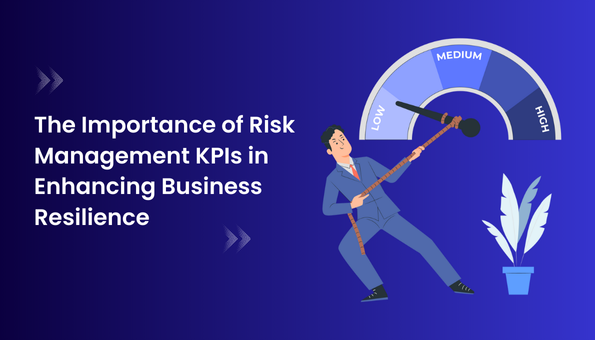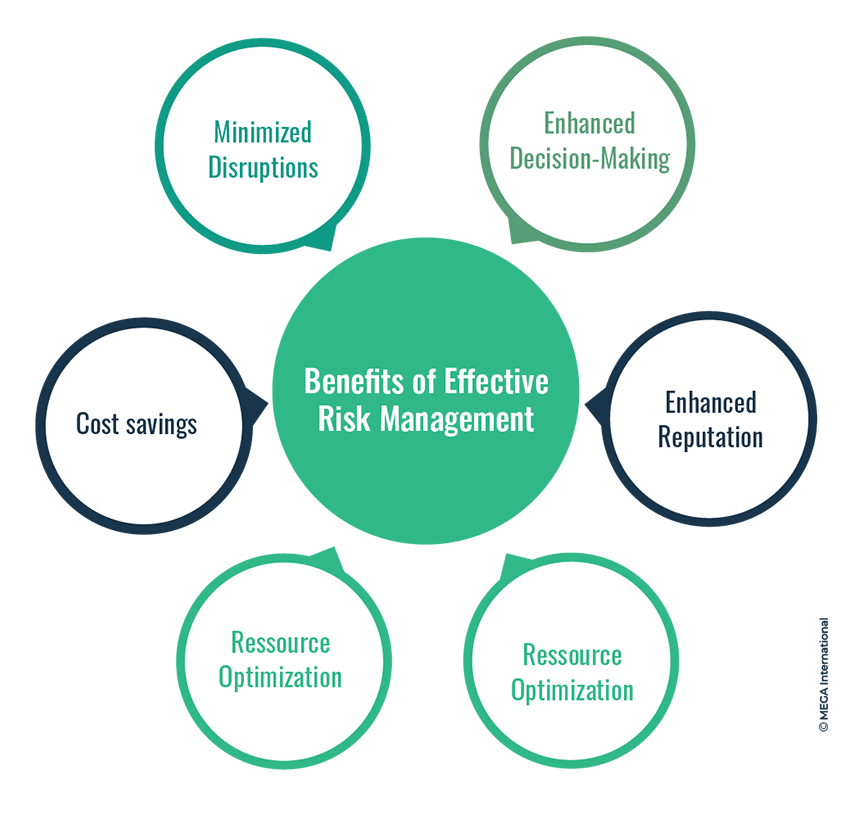Exploring the Enduring Benefits and Importance of Risk Management for Startups
Exploring the Enduring Benefits and Importance of Risk Management for Startups
Blog Article
Checking out the Importance of Risk Management for Effective Decision-Making Strategies
In the complex world of company, Risk Management emerges as a crucial aspect in the decision-making process. The ability to recognize prospective hazards and chances, and strategize appropriately, can lead to the distinction between success and failure. With devices such as SWOT and PESTEL, organizations are outfitted to make educated selections, cultivating strength and flexibility in an ever-changing environment. Wondering just how this works? Allow's unload the characteristics additionally.
Understanding the Principle of Risk Management
Risk Management, a critical component in decision-making, is typically misinterpreted or oversimplified. Generally, it refers to the identification, analysis, and prioritization of risks to reduce, check, and manage the likelihood or impact of unfortunate events. It's not merely about preventing unfavorable results, but likewise concerning recognizing potential chances. Risk Management involves structured and regimented techniques, using data and informative analyses. It needs a detailed understanding of the organization's context, objectives, and the possible threats that might thwart them. From monetary unpredictabilities, legal responsibilities, calculated Management mistakes, to crashes and natural disasters, it deals with various dangers. Notably, efficient Risk Management is not stationary; it's a continuous, forward-looking procedure that develops with transforming circumstances.
The Role of Risk Management in Decision-Making Processes
In the world of tactical planning and service procedures, Risk Management plays an integral duty in decision-making procedures. Risk Management therefore ends up being a crucial device in decision-making, assisting leaders to make informed selections based on a comprehensive understanding of the risks involved. Risk Management serves as a crucial element in the decision-making processes of any company.

Just How Risk Management Enhances Strategic Planning
In the context of tactical preparation, Risk Management plays an essential duty. Starting with the recognition of potential risks, it additionally includes the implementation of Risk mitigation actions. The role of Risk Management is not fixed yet vibrant, as it demands consistent tracking and adjusting of approaches.
Determining Prospective Risks

Carrying Out Risk Reduction
Having developed the relevance of recognizing prospective dangers, the following action is to explore Risk mitigation. This process entails creating and applying strategies to manage determined risks effectively. It is a vital element of strategic planning as it boosts decision-making by minimizing possible negative outcomes. Risk mitigation methods can vary from Risk avoidance, Risk transfer, to take the chance of decrease. Each method ought to be tailored to the particular Risk, considering its potential effect and the company's Risk resistance. In addition, effective Risk mitigation needs a deep understanding of the Risk landscape and the possible impact of each Risk. This understanding enables organizations to focus on risks and assign resources properly, making sure that the most substantial hazards are resolved initially.
Tracking and Adjusting Strategies
Though Risk reduction is a vital action in tactical planning, continuous tracking and change of these strategies is similarly crucial. This recurring procedure enables organizations to determine new dangers and reassess existing ones, making sure the applied approaches stay reliable in the ever-changing service atmosphere. It additionally provides a chance to examine the success of the Risk Management steps, allowing modifications to be made where necessary, more enhancing calculated planning. Effective tracking and modification call for making use of analytics and vital efficiency signs (KPIs) to gauge performance. These tools give useful data-driven understandings that can educate strategic decision-making. For that reason, tracking and changing Risk Management approaches is an essential part for boosting a company's resilience and calculated planning.
Case Studies: Effective Risk Management and Decision-Making
In the world of service and finance, effective Risk Management and decision-making frequently offer as the columns of flourishing enterprises. These cases highlight the value of astute Risk Management in decision-making processes. These instances underscore the vital role of Risk Management in critical decision-making.
Devices and Strategies for Effective Risk Management
These devices, such as Risk registers and heat maps, aid in recognizing and analyzing possible dangers. Risk feedback go to this web-site approaches, a vital element of Risk Management, entail approving, staying clear of, moving, or mitigating risks. With these techniques and devices, decision-makers can browse the facility landscape of Risk Management, therefore promoting notified and effective decision-making.
Future Fads in Risk Management and Decision-Making Approaches
As we discover the large landscape of Risk Management, it becomes obvious that the techniques and tools used today will certainly remain to official site evolve. Future patterns aim in the direction of a raised reliance on modern technology, with artificial intelligence and artificial intelligence playing considerable duties. These modern technologies will enable companies to anticipate potential threats with greater precision and make more informed choices. In addition, there will be a growing emphasis on resilience, not simply in taking care of threats but likewise in bouncing back from adverse circumstances. Lastly, the principle of Risk culture, where every participant of an organization understands and associated with Risk Management, will certainly get extra prominence. These patterns herald an even more comprehensive and aggressive approach in the direction of Risk Management and decision-making.
Conclusion

Risk Management therefore comes to be an important tool in decision-making, helping leaders to make enlightened choices based on an extensive understanding of the dangers included. Risk mitigation techniques can range from Risk avoidance, Risk transfer, to take the chance of decrease (importance of continue reading this risk management). Effective Risk reduction calls for a deep understanding of the Risk landscape and the possible influence of each Risk. Risk response strategies, a vital element of Risk Management, involve approving, avoiding, moving, or mitigating dangers. The principle of Risk culture, where every member of a company is mindful and included in Risk Management, will get extra prestige
Report this page